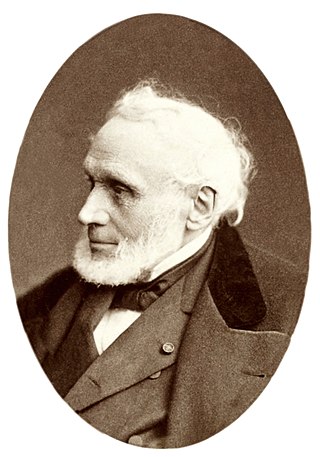Top Qs
Timeline
Chat
Perspective
Joseph-Nicolas Robert-Fleury
French painter (1797–1890) From Wikipedia, the free encyclopedia
Remove ads
Joseph-Nicolas Robert-Fleury (8 August 1797 – 5 May 1890) was a French painter.
You can help expand this article with text translated from the corresponding article in French. (April 2020) Click [show] for important translation instructions.
|
Remove ads
Biography
Born in Cologne, he was sent by his family to Paris, and after travelling in Italy returned to France and made his first appearance at the Salon in 1824; his reputation, however, was not established until three years later, when he exhibited Tasso at the Convent of Saint Onophrius.[1]
Endowed with a vigorous original talent, and with a vivid imagination, especially for the tragic incidents of history, he soon rose to fame, and in 1850 succeeded François Granet as member of the Académie des Beaux-Arts. In 1855, he was appointed professor and in 1863 director of the École des Beaux-Arts, and in the following year he went to Rome as director of the French Academy in that city.[1]
His pupils included Marie-Adélaïde Baubry-Vaillant, David Bles, Marguerite Jacquelin, Charles-Désiré Hue, Leon Kapliński and Henri Le Riche.[2] His son, Tony Robert-Fleury, was also a painter.[1]
Remove ads
Honours
1887: Knight in the Order of Leopold.[3]
Selected paintings
- Henry IV, After his Assassination
- Galileo before the Holy Office
- Looting of a house in Giudecca
- Scene from the St. Bartholomew's Day massacre
References
External links
Wikiwand - on
Seamless Wikipedia browsing. On steroids.
Remove ads






